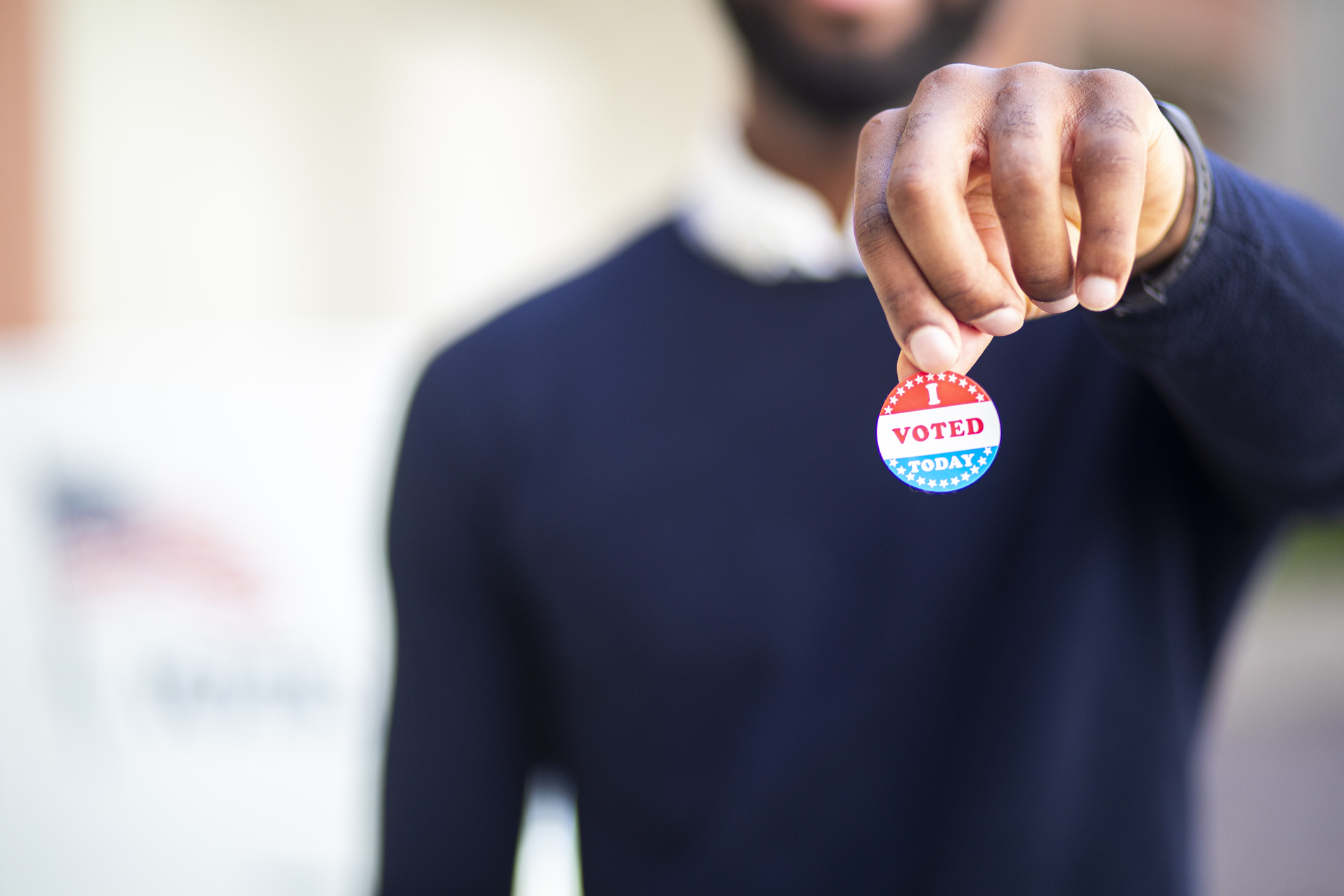Arts|Lloyd Macklowe, Leading Purveyor of Art Nouveau, Is Dead at 90
https://www.nytimes.com/2024/09/26/arts/lloyd-macklowe-dead.html
You have a preview view of this article while we are checking your access. When we have confirmed access, the full article content will load.
He and his wife began buying pieces to furnish their apartment. They wound up with a museum-quality collection and a pre-eminent retail business.

Sept. 26, 2024, 2:29 p.m. ET
Lloyd Macklowe and his wife, Barbara, had so little cash when they began furnishing their Manhattan apartment in 1965 that they paid for a $55 ceramic Tiffany vase in $5 weekly installments. But that modest purchase was just the beginning: It inspired a collecting frenzy that transformed the couple into dominant dealers in Art Nouveau decorative arts and antique jewelry through their Macklowe Gallery, which became an East Side mecca for deep-pocketed buyers.
Mr. Macklowe, who founded the gallery in 1971 and retired in 2019, died on Sept. 7 at his home in Bridgehampton, N.Y. He was 90. His son, Benjamin Macklowe, the president of the gallery since 2012, said the cause was complications of cancer.
The Macklowes’ gallery specializes in French Art Nouveau furniture and objects; Tiffany lamps and glass; French cameo glass by Argy-Rousseau, Daum and Gallé; and lithographs by Alphonse Mucha, as well as bronzes, ceramics and antique jewelry.
In 1997, they were invited to exhibit at the Winter Antiques Show, at the Park Avenue Armory. According to Ben Macklowe, it was the first time a gallery specializing in 20th-century objects had been asked to participate.
The gallery became the largest dealer of authenticated lamps from the Louis Comfort Tiffany studio. It placed important objects in, among other showcases, the Metropolitan Museum of Art, the Museum of Modern Art and the Australian National Gallery.
The couple’s plunge into collecting antiques was serendipitous.
Mr. Macklowe was selling print advertising for New York area businesses, including the Universal Folding Box Company, and his wife was teaching at P.S. 158, an elementary school on the Upper East Side, when, shortly after marrying in 1964, they sought to furnish their apartment by perusing offerings for secondhand merchandise advertised in The New York Times.



.png) 1 year ago
115
1 year ago
115










